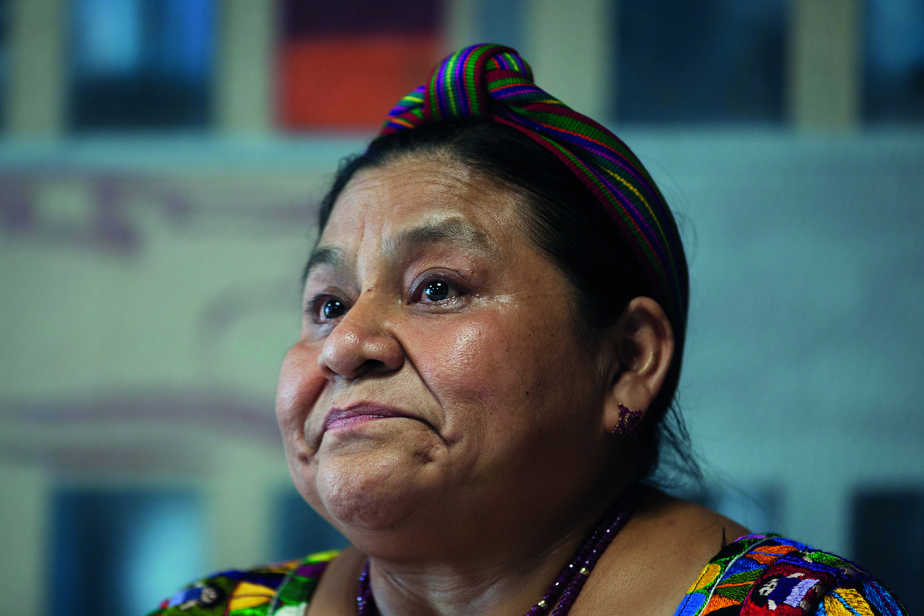
In the narration, there is a clear difference of class. It serves as a “marker of ethnic identity via ethnic cuisine,” as anthropologist Ellen Messer terms these interactions in the Annual Review of Anthropology 1984, yet there are also profound differences in how this food functions for each woman. The food exchange between these two women is interesting in several ways. A relationship based on food proves that there are areas where Indians and non-Indians can meet and share things: the tortillas and black beans had brought us together …”

It made me happy, too, as the smell of tortillas and refried beans brought back my childhood in Venezuela, where the women get up early to cook arepas for breakfast….`We only trust people who eat what we eat,” she told me one day … I suddenly realized that she had begun to trust me. Corn, chile and beans were also the staples of Guatemalan cuisine, and the young Rigoberta, far from home in Paris, was elated to partake of some “soul food:” I cannot describe how happy that made Rigoberta. From Venezuela Burgos had received corn flour and black beans, and had preserved some cayenne peppers in oil. I think everyone who reads Rigoberta Menchú’s famous 1982 testimonio remembers the part in editor Elisabeth Burgos’s prologue when she describes how she won the Guatemalan woman’s trust by preparing food together.

OL8611880W Page_number_confidence 90.43 Pages 326 Partner Innodata Pdf_module_version 0.0.15 Ppi 360 Rcs_key 24143 Republisher_date 20211011144113 Republisher_operator Republisher_time 282 Scandate 20211009101740 Scanner Scanningcenter cebu Scribe3_search_catalog isbn Scribe3_search_id 9781844674183 Tts_version 4.A Mayan girl in traditional dress amidst Guatemalan corn. Access-restricted-item true Addeddate 09:15:54 Associated-names Burgos-Debray, Elisabeth Boxid IA40257819 Camera USB PTP Class Camera Collection_set printdisabled External-identifier


 0 kommentar(er)
0 kommentar(er)
